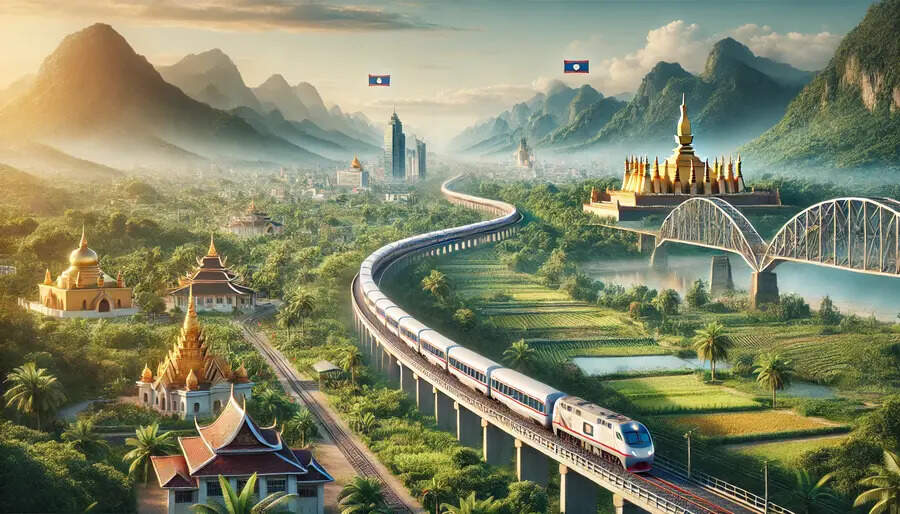Sunday, August 4, 2024
Reading Time: 2 minutes

Laos’ tourism industry remains a key driver of the country’s economic development, despite the challenges posed by a slower-than-anticipated recovery from the pandemic, currency depreciation, and rising inflation. These economic hurdles have cast a shadow over the nation’s overall outlook. However, the tourism sector is providing a much-needed boost, particularly with the introduction of the China-Laos Railway, which connects Kunming in southern China to Vientiane, the capital of Laos. This new railway has opened up opportunities for increased tourist flow, contributing to the nation’s economic resilience.
Vientiane, the heart of Laos, offers a variety of attractions that draw visitors from around the world. Among these are the grand Patuxay arch and the sacred golden That Luang stupa, both of which stand as symbols of the city’s cultural and historical significance. Additionally, tourists can explore unique destinations like a park filled with fantastical statues inspired by Hindu and Buddhist traditions, providing a glimpse into the rich spiritual heritage of the region.
Further north, Laos boasts the natural splendor of Vang Vieng, known for its stunning landscapes and outdoor adventures. The historic town of Luang Prabang, a UNESCO World Heritage site, captivates visitors with its well-preserved architecture and deep cultural roots. The China-Laos Railway has made these destinations more accessible than ever before, allowing tourists to easily traverse the country’s diverse and scenic landscapes.
The completion of the China-Laos Railway marks a significant milestone in the nation’s infrastructure development, making it easier for tourists to explore the various attractions Laos has to offer. This improved accessibility is expected to further enhance the tourism sector’s contribution to the economy, helping Laos navigate through its economic challenges while showcasing its rich cultural and natural heritage to the world.



